Every Thing You ... Need In One Place
- support@edmonton.allarabcanada.com
- 00-021157489
Newsletter
Join the Our latest news, events, and special offers.
The immigration program for remote areas is a cooperative program between the Government of Canada and the four Atlantic provinces on the eastern Atlantic coast, comprising three programs: Atlantic Skills Employment Programme: a program designed to attract skilled migrants to the Atlantic provinces of Canada with a view to promoting economic growth in these provinces.
Atlantic Semi-Skilled Employment Programme: a program designed to attract semi-skilled migrants to the Atlantic provinces of Canada with a view to meeting the needs of the local market. International Alumni of the Atlantic program: a program designed to attract international graduates who have completed their higher education in an accredited higher education institution in the Atlantic provinces, with a view to attracting international graduates to stay and work in the province. In this article, we will talk about the requirements, characteristics, and disadvantages of the program. In addition, we will talk about the Atlantic provinces targeted in the program, the employment opportunities available in those provinces, and how they are presented.
Program requirements: The applicant has received a permanent and full-time real job offer, and the duration of the employment contract is not less than one year, in an Atlantic province, and from an accredited employer in the region. The applicant should have at least one year’s full-time practical experience in posts classified under the Canadian National Job Classification. If he intends to join the skilled employment program, the job classification must be within one of these levels. 0.A.B
If he intends to join the semi-skilled employment program, the level of the job must be C.
As for joining the international alumni program, job classification should be one of these levels. 0.A.B.C.
He has had this experience in the last three years, and it does not matter whether he has worked to gain it in Canada or abroad.
Also, having obtained at least a secondary degree or equivalent is a requirement in the skilled employment program and the semi-skilled employment program as well.
In the international graduate program, he must have completed at least two years of full-time study at an accredited higher education institution in the Atlantic provinces and must have completed the program in the last 24 years before applying for the program.
Be good in English or French, pass the Canadian language proficiency test, and achieve the desired result in all sections of reading, writing, listening, and speaking: 4.
To have a personal stabilization plan for him and his family in the Atlantic provinces and to develop it in cooperation with an accredited stabilization organization.
After applying for the program and obtaining admission, the applicant may apply for permanent residence.


Features and disadvantages of the program:
One of the most important features of the program is that an applicant can bring his or her family and have access to education and medical services, as well as permanent residence. After obtaining permanent residence for three to five years, the applicant can apply for Canadian citizenship.
One of the shortcomings of the program is that, at the outset, the applicant will have difficulty adapting to the surrounding world, owing to the difficult climatic conditions in the region and limited opportunities.
Target Atlantic provinces:
The program targets 4 Atlantic East Coast Atlantic and Atlantic Atlas provinces, which are
New Brunswick
It is one of Canada’s largest provinces, with its capital, Fredericton, most distinguished by its technology-inclusive economic sectors, financial services, energy, and maritime industries.
There are many jobs available in the province, including in the various industrial and service sectors. The most important sector with the most demand and focus is the technology and information sector.
Newfoundland and Labrador
It is a Canadian province that is divided into two main divisions: the island of New Finland and the island of Labrador, known for traditional mining, logging, fishing, and forest-based industries such as the paper and saw industry.
There are many employment opportunities in the province, including in the energy, mining, and maritime industries.
Nova Scotia
It is the second-most densely populated province in Canada and the second-smallest province in terms of area. It is the world’s largest source of Christmas trees, gypsies, cranberries, and crabs, with fish exports worth over $1 billion.
Nova Scotia is famous for the film industry and digital media. It has been ranked fourth in the film industry worldwide, as well as in the renewable energy sector, scientific research, and technology.
There are many jobs in the province, including creative industries, technology, renewable energy, and filmmaking, as well as health, education, and tourism services.
Prince Edward Island.
It is one of the smallest and least densely populated provinces in Canada, called the Park Province, and its economy depends first on agriculture, then fishing, tourism, and manufacturing.
The island is characterized by its unique educational system, which focuses on the training and education of students in commerce after general secondary school.
There are many jobs in agriculture, the food industry, the marine services sector, agricultural technology, and rural tourism.
How to present the program
First, the applicant must ensure that he has met all the requirements of the programme and has processed personal papers and documents, then seek jobs from employers accredited by the AIPP programme in the Atlantic provinces, who can search for Canadian job sites or local employment sites, after finding a work contract that meets the requirements of the programme, who must obtain a stabilization plan from an accredited stability organization in the region, who can now submit a recommendation from the district where he wants to live, and then apply for immigration through this Canadian government website, the submission link https://www.canada.ca/en/immigration-refuges-citizensship/services/immigrate-canada/atlantic-immigration/how-to-immigrate.html
Finally, this program is a distinct opportunity for migrants who are qualified to settle and work in these areas.

Join the Our latest news, events, and special offers.
Glyphs Marketing LLC
Copyright © 2024. All rights reserved.